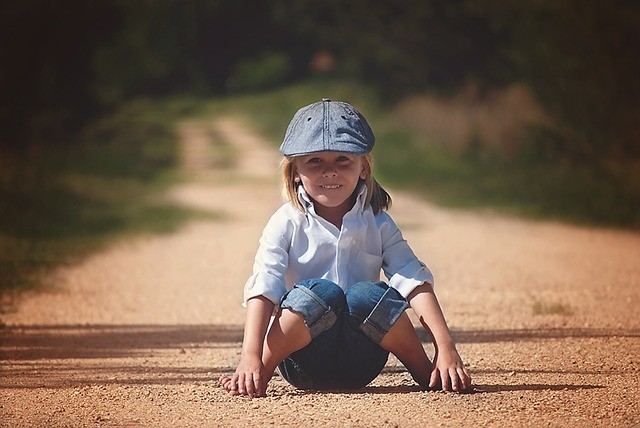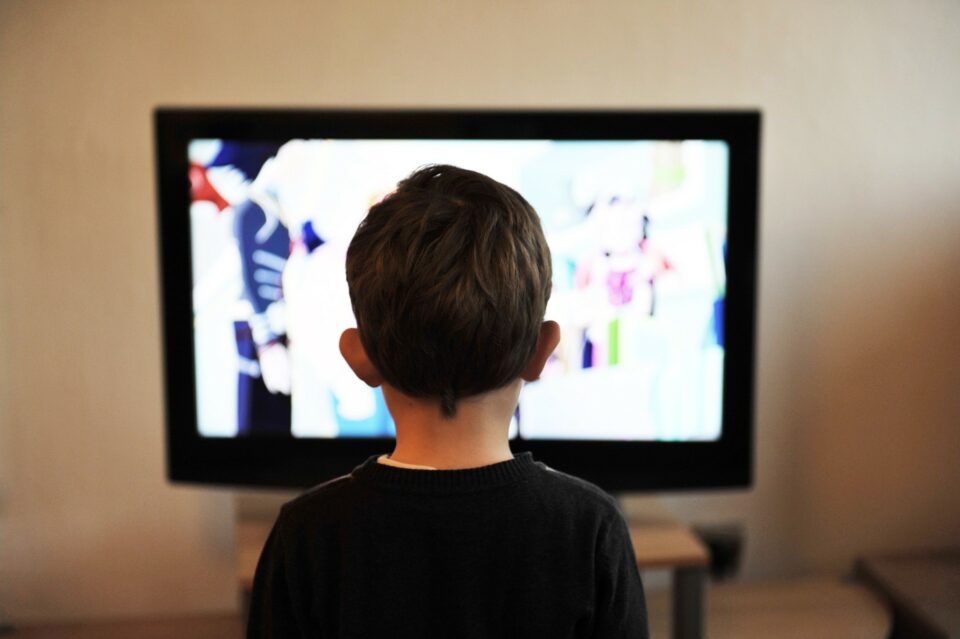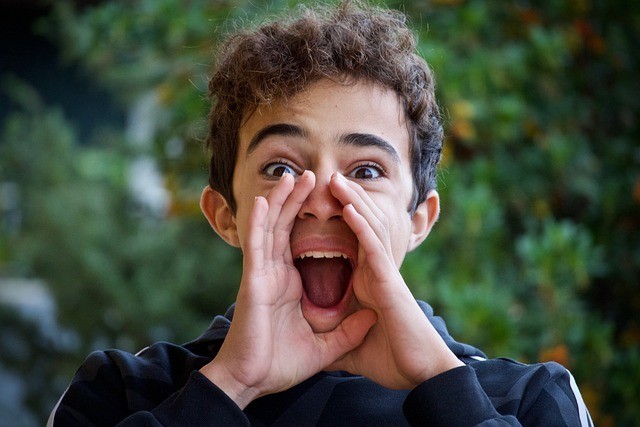There is no joy than one for a parent when they see their child celebrate their 4th birthday. This is the time they start preparations for taking the kid to school.
The child is all grown up, and if you are keen enough, you will have started noticing that they are becoming more self-confident and independent. If not yet, it will be sooner than later unless they have a developmental issue that will require a child expert to help with.
Most children at this age start to develop self-control, creativity, and greater independence. They start exhibiting contentment playing with their toys for longer periods and are always eager to try out new things. Also, they are now better in expressing their emotions when they get frustrated.
At this stage, it is important for a parent to keep a keen eye on their children. It is also critical that you understand the key development milestones that come with this age. This will help you ensure that the child is on the right track and that they get the right attention while you can offer it.
Also, learning the stages will help you know and understand the skills that the child may need for them to learn. In addition, it will make it easier for you to identify and learn any signs that the child may exhibit and that you and your kid’s paediatrician may need to discuss.
Even though each child grows and develops at their space, yours will likely achieve most of the developmental milestones listed below at this age. If not, you should get in contact with a developmental contact person or paediatrician if your child’s development takes a slightly different course.
- Physical Development and Movement Milestones
As your 4-year-old grows and develops physically, they will not only grower taller or expand body wise. Rather, they will also continue to get a better level at their fine motor skills and a better handle on their gross. The motor skills include coordination of small muscles like hands and fingers with the eyes.
The fine motor skills commonly involve the small muscles that enable such functions as grasping small objects, fastening clothes, drawing, and writing. They also involve dexterity, strength, and fine motor control.
Also, a 4-year-old kid is still learning ways of controlling their body. At this stage, they are more likely to try out new things as they succeed. The child is developing their movement in better ways now too. The key milestones here include:
- Fine motor skills: – at this age, the child should have improved hands and fingers and eye coordination. You can check this and confirm it if the child has the ability to complete puzzles, string beads, and colour inside lines.
- Gross motor skills: – at this stage, the child becomes aware of their place and space. As such, they will be less likely to bump into others while they are moving. Also, they will improve their running abilities dramatically and might even be able to dribble tiny balls.
- Major highlights: – at age four, most children can dress themselves. They also learn how to use the potty and can even brush their teeth with supervision.
- Catching bounced balls most of the time.
- Moving forward and backward with agility.
- Hoping and standing on one foot for around five seconds.
- Kicking a ball forward.
- Going upstairs and downstairs without any support.
- Throwing balls overhand.
- Social Development
At such an age, throwing tantrums and short tempers will hopefully be declining and becoming less frequent. This will highly happen if the child is learning the different coping mechanisms. However, a major event in the child’s life, such as the birth of a sibling, relocation, or even a divorce may affect the kid’s moods and behaviours.
Also, at this age, the child starts to appreciate other people’s influence in their life. Although their initial or primary source of interaction is trusted adults like parents, older siblings, other relatives like aunts and uncles, or grandparents, changes might begin to manifest. The child might begin taking in the opinions of peers and friends immediately they learn to trust them.
The key milestones at this level are:
- Establishing real friendships: – the child might even have a “best friend” whom they might keep on mentioning to you.
- Still looking for a trusted adult whenever they need help.
- Getting ready to share more often and taking turns with peers.
- The child is engaging in plays as “mom” or “dad” during play time.
- The child is negotiating solutions to conflicts.
- The child becomes increasingly inventive in fantasy plays.
- Cognitive Development and Language Milestones
Your 4-year-old kid is now most likely getting it better at solving problems on their own. The child has a good handle on how they can incorporate a solution that they feel will appease everyone (they will at least try to).
At this age also, most kids will most likely be involved in rhyming, singing, and making up words. They will also exhibit a young human who is more energetic, rowdy and obnoxious at times, and silly.
Speech and Language
Also, the child now finds it easy to carry on a conversation. They are also growing their vocabulary depending on their thought process. In addition, not only will the child be able to respond to and answer simple questions logically and easily, but they will also be able to express their feelings better.
At their fourth birth date celebration, the child will definitely be a chatty one. They will also be developing more language skills at astounding rates. Surprisingly, they should have between 2500 – 3000 words that they understand at four.
Key milestones of cognitive development and language milestones:
- Showing interest in goal setting for themselves: – such interest will include learning how to pump a swing or learning how to ride a two-wheeler.
- Growing a push to want to make decisions on their own.: – these decisions could include choosing a snack or picking the clothes they want to wear for a special occasion.
- Understanding the concept of numbers: – for example, that a certain number represents the number of balls, pens, books, or flowers on the table.
- Speaking clearly using more complex sentences.
- Counting ten or more objects.
- Understanding the concept of time in a better way as well as the order of daily activities. They will remember when it is right for breakfast, and that lunch is in the afternoon and supper in the evening respectively.
- Correctly naming at least three shapes and four colours.
- Having a greater attention span.
- Recognizing some letters and possibly writing their names.
- Following two- to three-part commands, for example, “Brush your teeth, eat your food, put the book away, and get in bed.”
- Recognizing familiar words such as “stop, come, and no.”
- Knowing their address, phone numbers, and parents’ names, if taught.
- Speaking a bit clearly enough for strangers to understand them.
- Emotional Development
When your kid hits four, they will most likely start exhibiting a bigger desire for independence. They will also be pushing to be allowed to do as much as they can by themselves.
You should also be prepared for tantrums when around them. One moment, they will be highly cooperative, and the next minute, they are overly demanding. However, the child will be gaining better control over their emotions with time.
Key milestones to observe include:
- They start getting aware of other people’s feelings.
- They may become more focused and keen on winning when they are playing games.
- They experience a broad range of emotions, for example, excitement, fear, anger, and jealousy.
- Other Milestones
The other milestones and notable developments at the age of four years is the child recognition of their sexuality. Do not be caught off guard if they start asking questions about where babies come from. They might also start asking why boys are different from girls or start asking questions about their reproductive parts.
At this rate, you should be prepared with the most relevant yet not out-of-the-way answers to their questions. It is critical that a parent offers basic yet matter-of-fact information to satisfy their kids’ curiosity.
Also, the parent should try as much as possible to use the correct terminologies when talking about the children’s body parts. Otherwise, it would be a source of embarrassment if you used a common word to refer to their reproductive organs and innocently, the kid brings out the name when you have a bunch of guests at your place.
As a parent, you should also avoid punishing or scolding your child because they touched their genitals. The best idea would be to discourage them with the kindest language and tone. Also, you might want to start with them and letting them know what is socially acceptable and what is not, like touching their private parts inappropriately.
For example, you would explain when and who should touch their private parts. A doctor or a parent, for example, should be exceptions that the child will grow knowing are allowed to touch them.
- When should you be concerned about your child’s development?
All children grow and develop at relatively different rates. They will also exhibit different signs at different stages even if they are in the same age group. However, there are several instances that every parent should be on the lookout for. These are the red flags that will tell you whether your child is hitting their developmental milestones and if not, who to call and when.
It is, therefore, important that you speak with a government-approved personnel if any of the following signs should appear in your 4-year-old child. The conditions are if:
- The child begins getting extremely shy, afraid, or aggressive.
- The child cannot jump in place.
- The kid has challenges scribbling.
- The child starts dissociating with their peers or if they do not show interest in make-believe or interactive games.
- The child is not maintaining eye contact or is avoiding responding to other people.
- The kid is unable to say their full names.
- The kid cannot understand or use “same” and “different” and “me” and “you” or other basic words.
- The kid does not follow two- to three-part commands.
- The kid does not speak clearly.
- The child cannot retell a favourite story.
- The child starts to lose skills that they once had within a short while.
- The child resists or has trouble sleeping, using the toilet, sleeping, or cannot brush their teeth, wash, or dry their hands without help.
- The child cannot stack four blocks, cannot grasp crayons between the thumb and fingers, and does not engage in fantasy plays.
If you notice any of the above things, the best person to approach is your family’s paediatrician or any other child expert.
Summary
As the child progresses, you are bound to notice some bigger changes than when they were one or two. At four, especially, the changes will be more profound and should not surprise you. Also, you should not be surprised if at any moment you notice some regression in the child. Most importantly, learn what happens when and how to deal with it. As most of the milestones are development related, they should not get you unawares and send you to panic mode. Some of the issues you should be ready for even when the child is four is temporary setbacks like the kid waking you up at midnight even though they have slept enough or the child exhibiting some baby talk sometimes.




